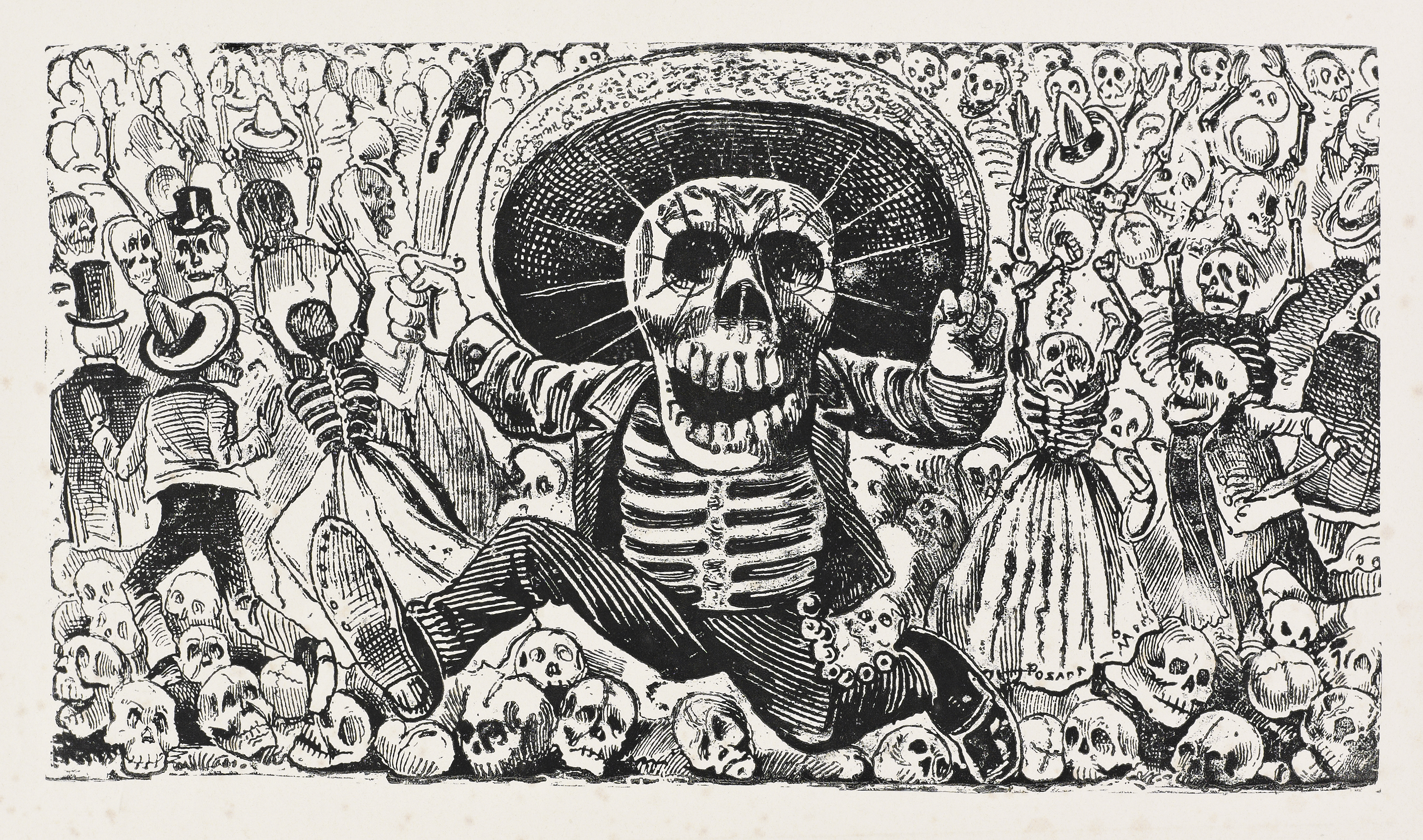José Posada Printing Blocks
The O’Donnell Institute, UT Dallas, and the Amon Carter Museum of American Art are currently collaborating on scientific study of José Posada’s printing blocks.
 José Guadalupe Posada, La calavera Oaxaqueña calavera del montón. Número 1, no date
José Guadalupe Posada, La calavera Oaxaqueña calavera del montón. Número 1, no date
Amon Carter Museum of American Art
Investigating the surface materials found on a collection of fourteen José Posada printing blocks in the Amon Carter Museum of American Art
The aim of this project is to use a range of complimentary analytical techniques including sophisticated ion and electron beam-based surface analysis tools such as electron microscopy (EDX), X-ray photoelectron spectroscopy, and secondary ion mass spectrometry to elucidate the surface chemistry and microstructure of printing blocks used by the Mexican printmaker José Posada.
José Posada (1852-1913) was a key figure in the development of modern Mexican printmaking; his contribution to cultural imagery is unrivalled. He produced an estimated 15,000 different prints that documented every facet of Mexican life. His images, especially his calaveras (skeletons) portrayed in everyday tasks, have become icons typically associated with images for the Mexican celebration Day of the Dead.
The Amon Carter Museum has one of the largest and best collections of Posada’s work, with more than 400 prints and 14 printing plates directly attributed to Posada. Research has been conducted on the synthetic dyes used to color Posada’s papers but his printing blocks have been left largely unstudied.



